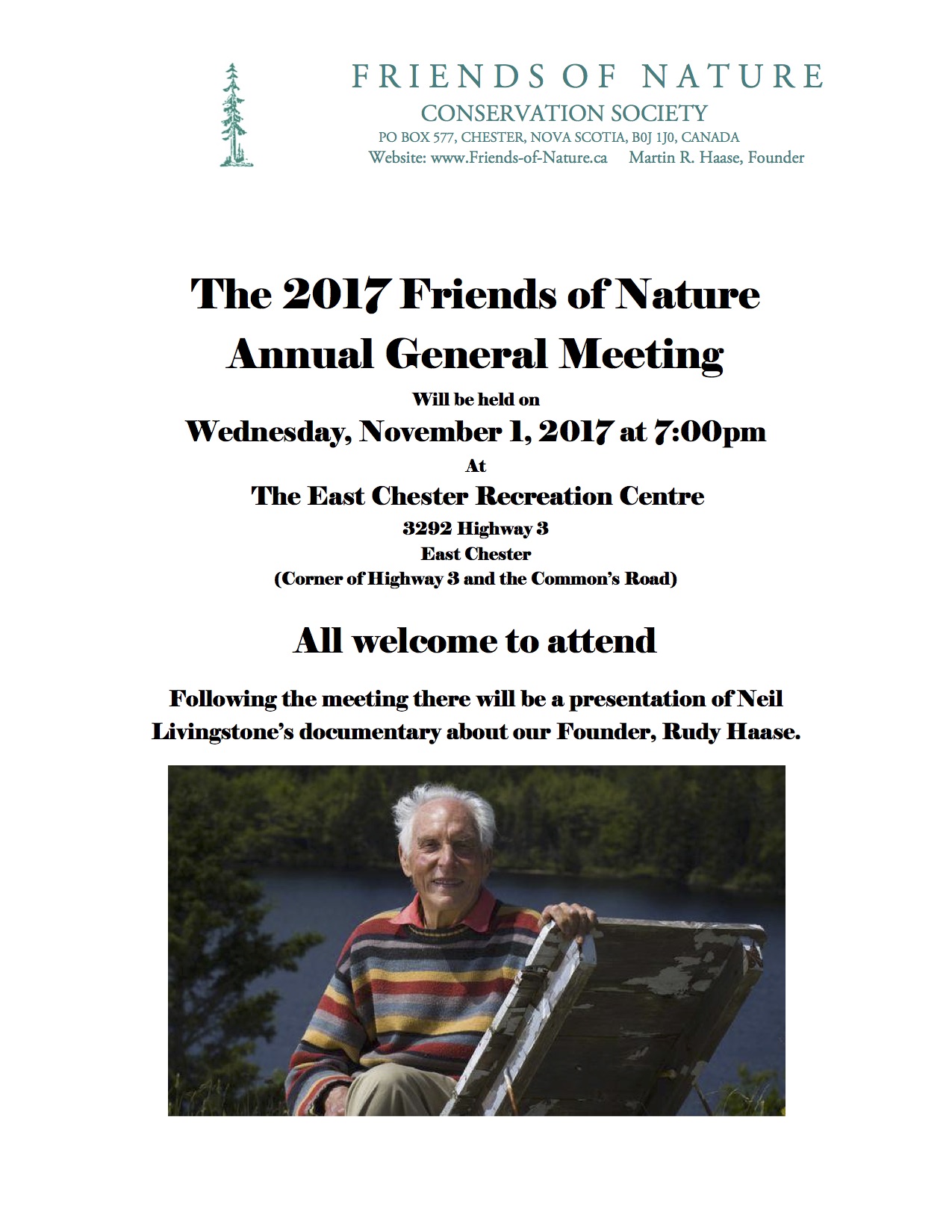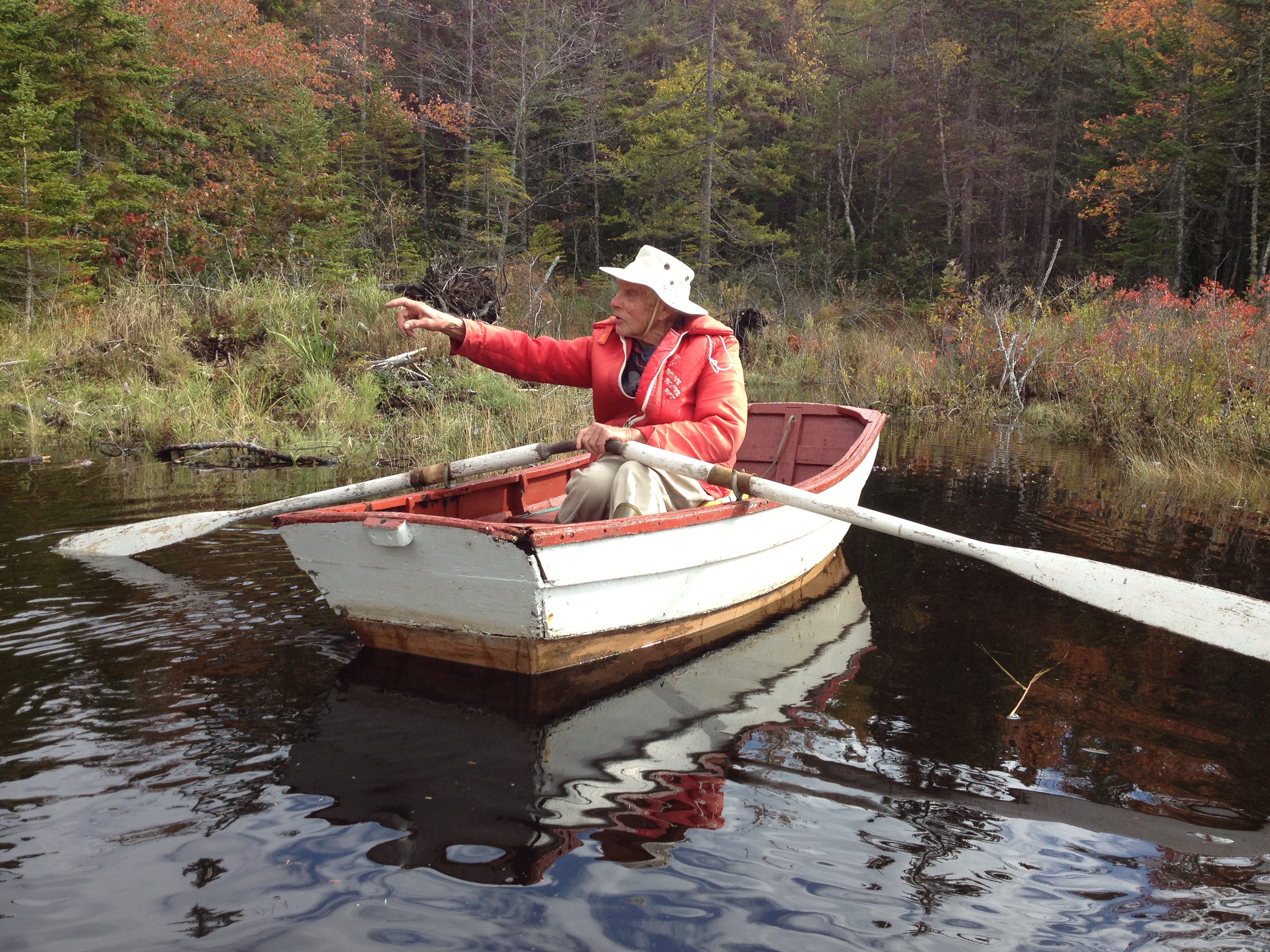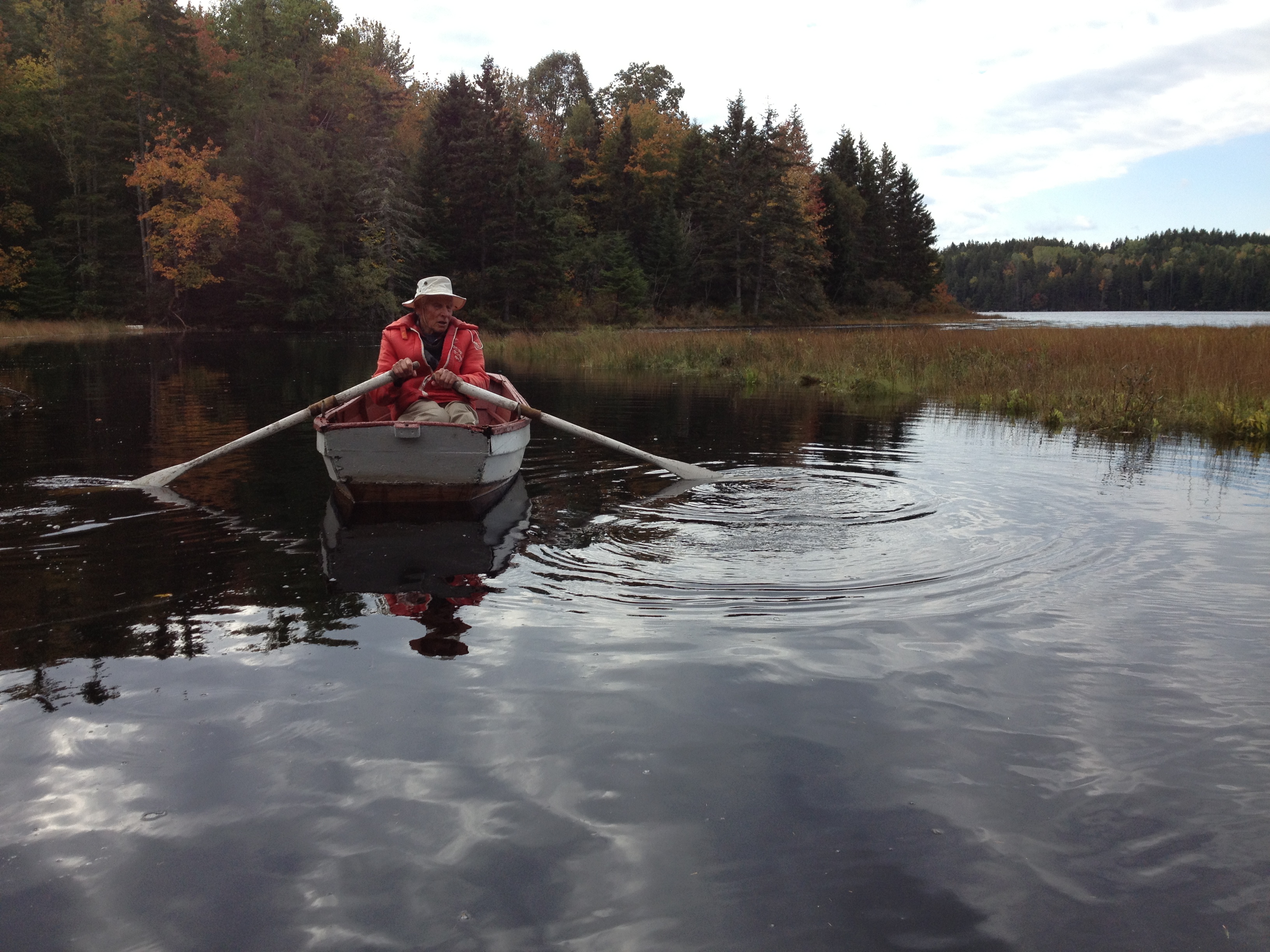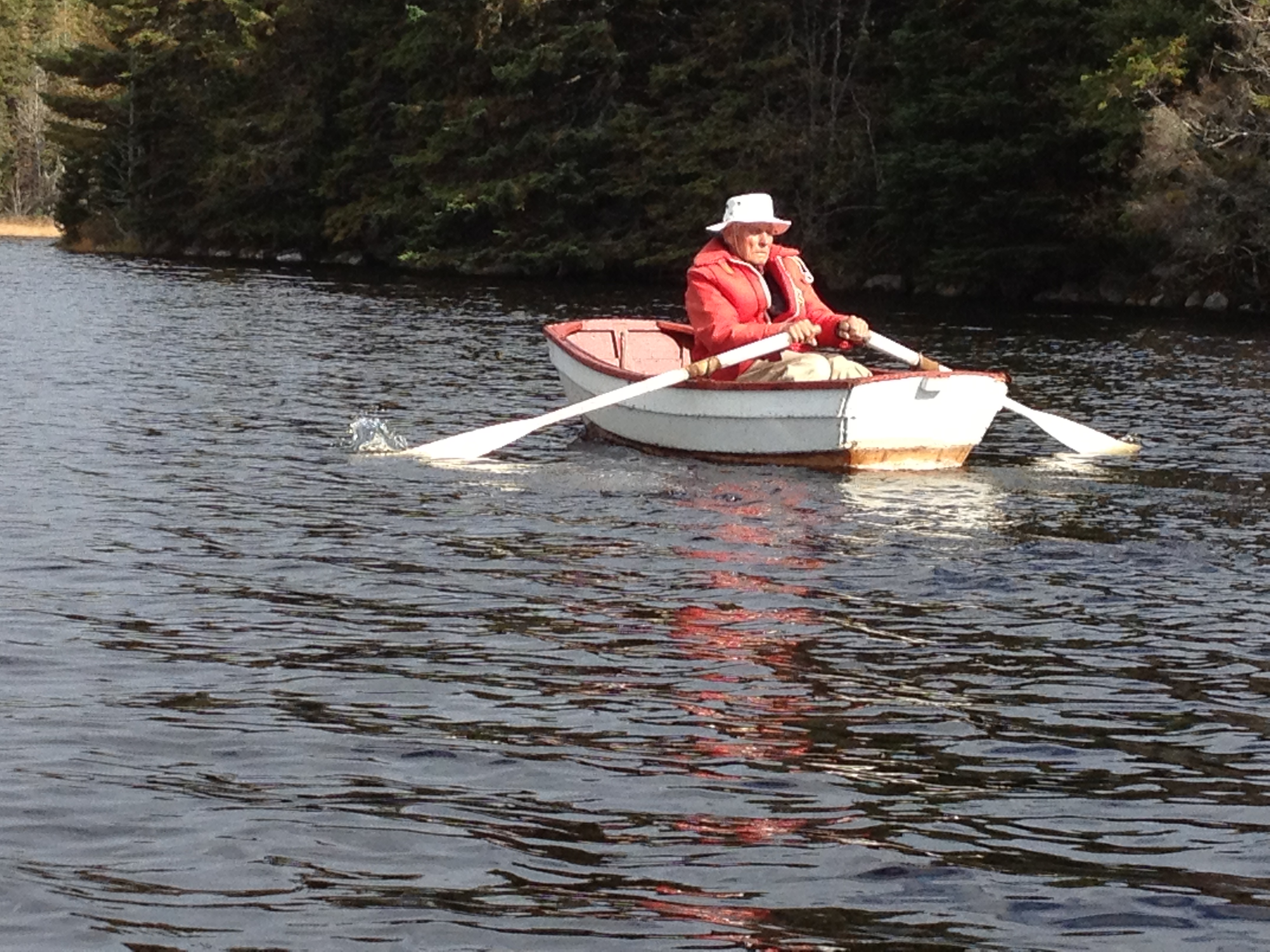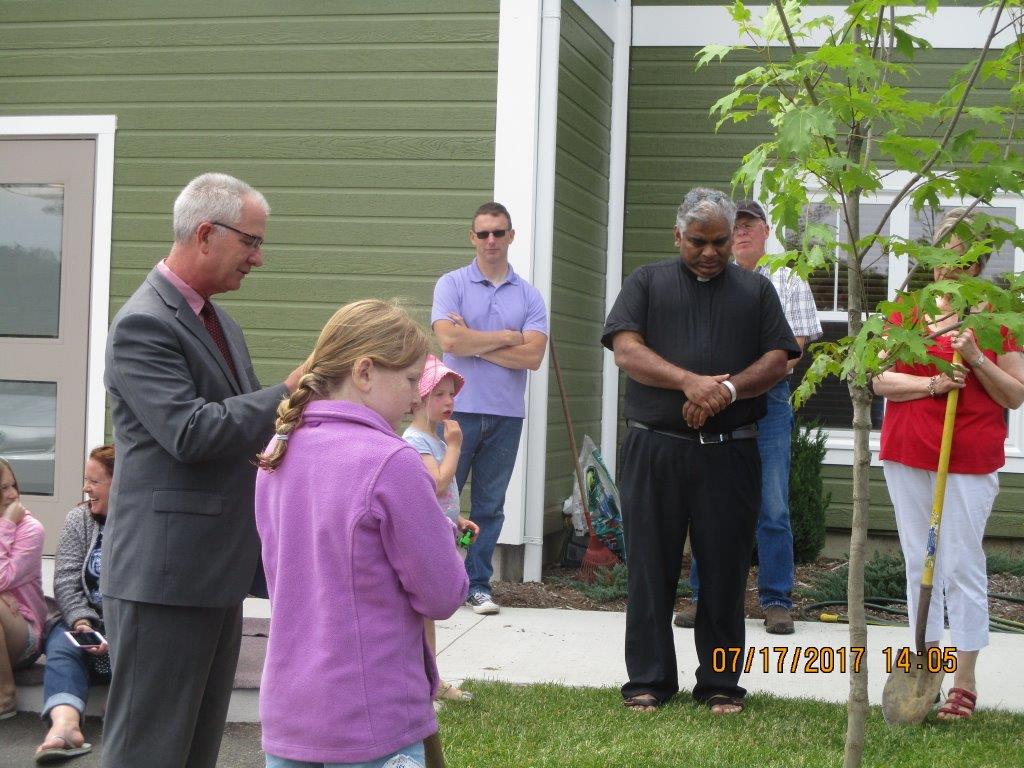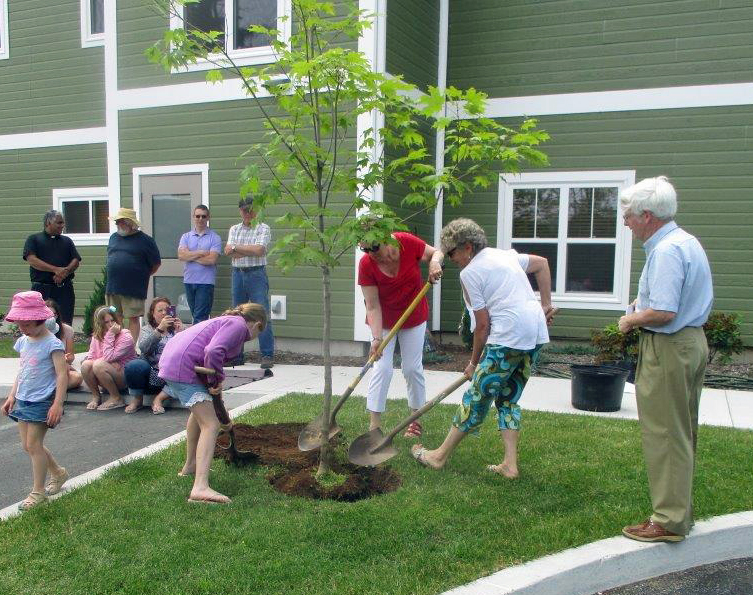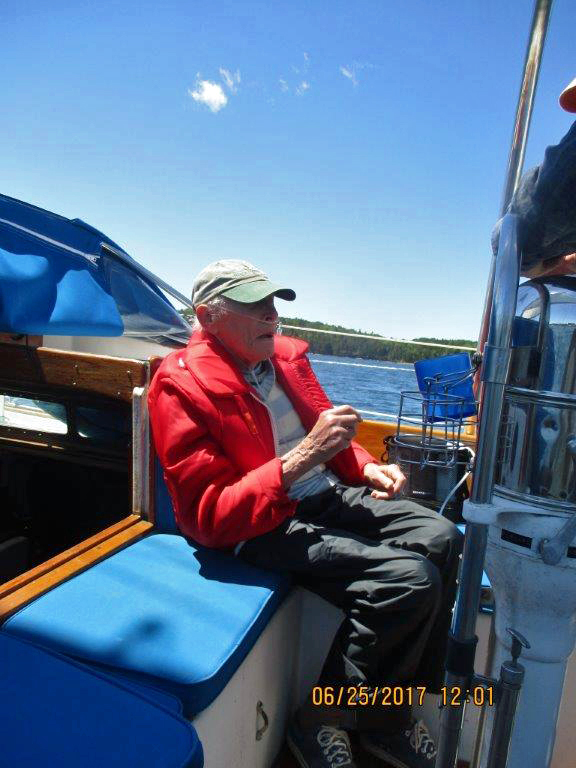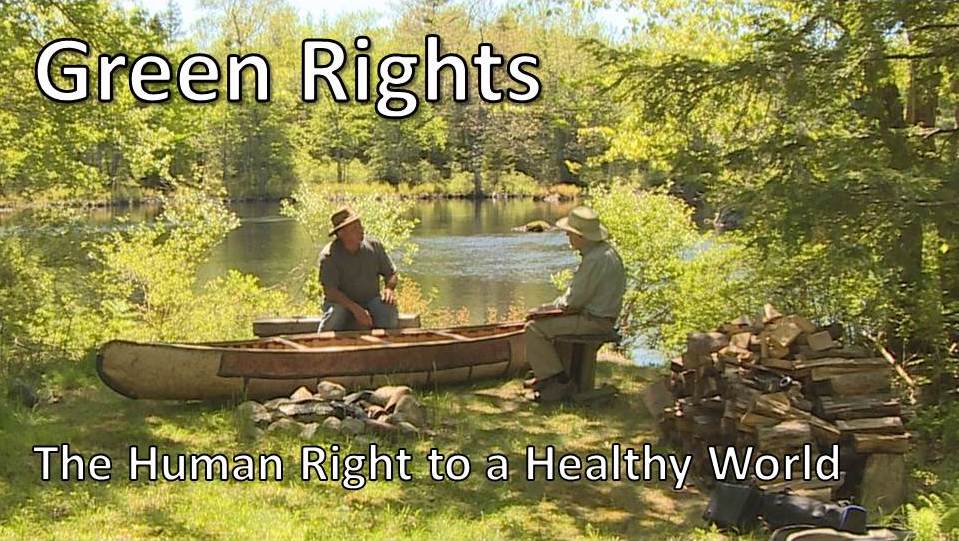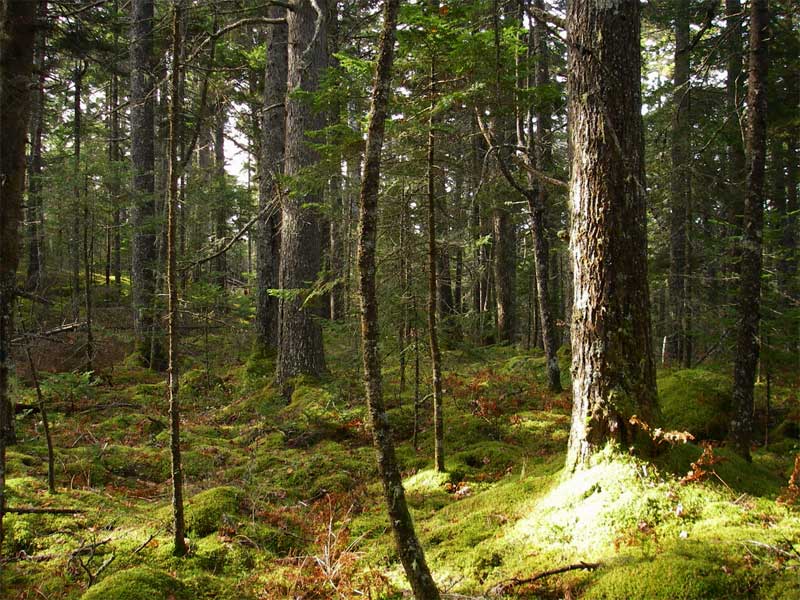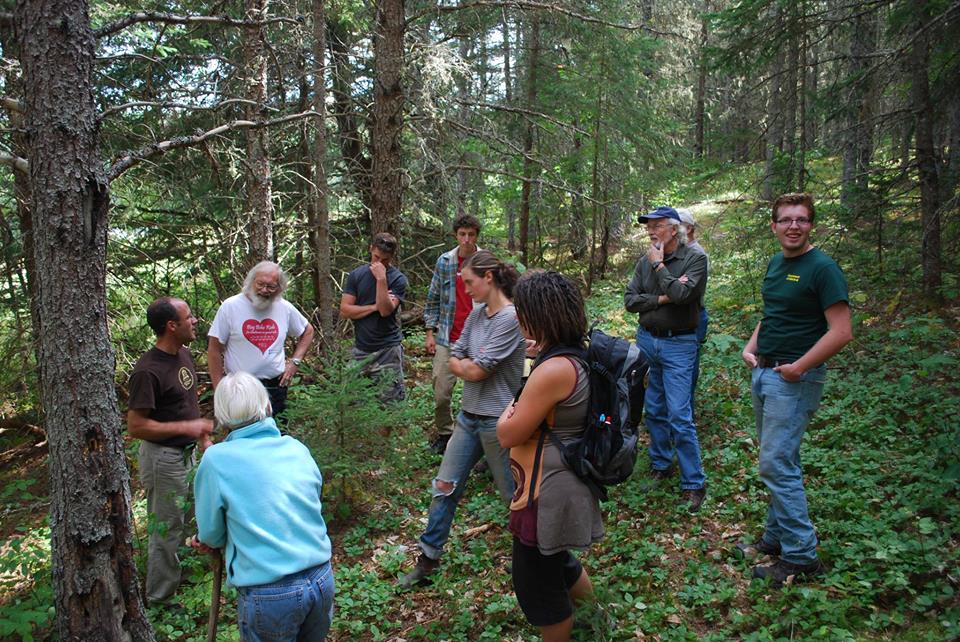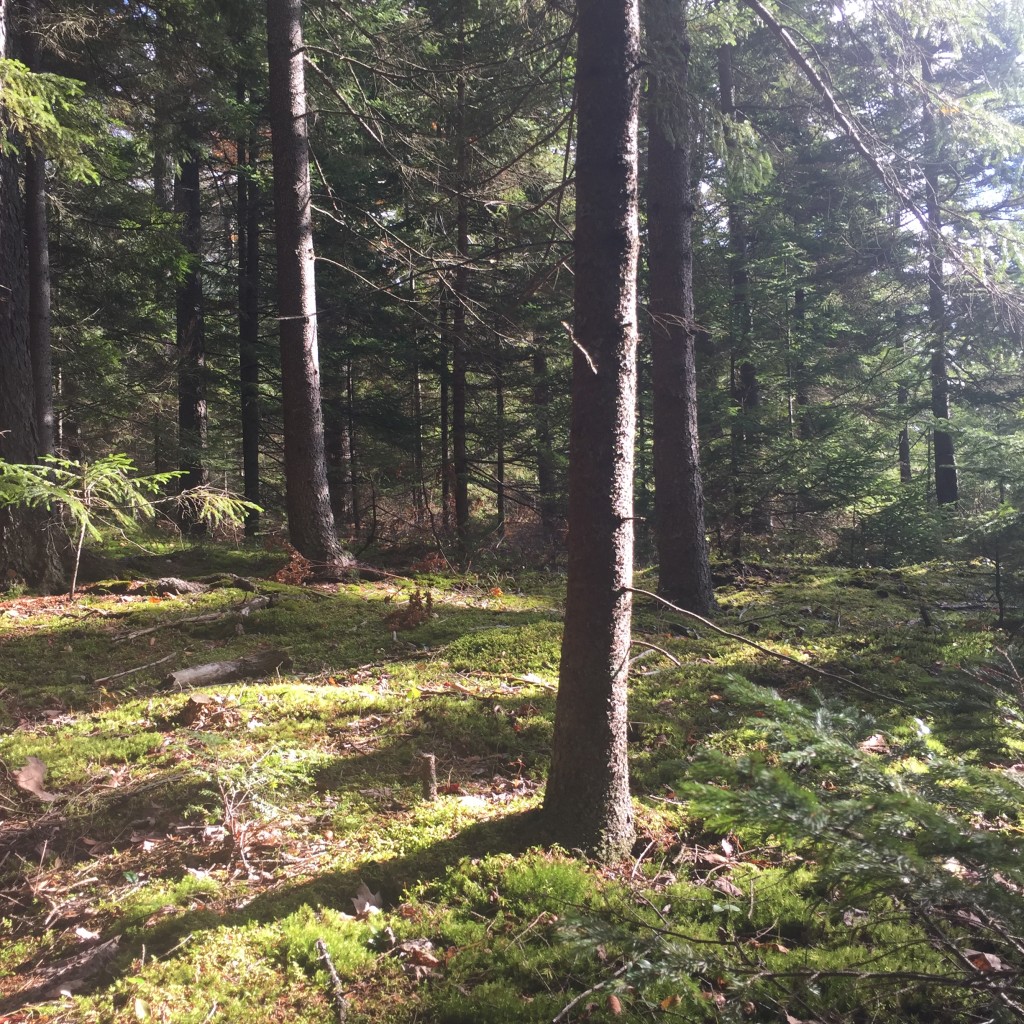
Below is the Eulogy for the Forest given by Bob Bancroft at the recent Funeral for the Forest. The Funeral was a protest march organized by the Healthy Forest Coalition of which FON is a founding member. FON were well represented at the Funeral.
WHERE HAVE ALL THE GOOD FORESTS GONE?
Dear friends of the forest, Mi’kmaq people, family, foresters, scientists, and neighbours…
This forest story began about 12,000 years ago, as an ice age departed.
A great diversity of wild plants and animals evolved since that time in this forest, which towered as a green mantle over the land we now call Nova Scotia.
It is part of the great land occupied by the Mi’kmaq people.
There is a sense of spirit and peace in a natural forest with old trees.
Trees in natural forests are allowed to become elders.
They soothe our souls and we begin to feel a part of a larger community of other living beings.
………………………………………………………………..
When settlers from Europe began land clearing in the 1600’s, major disturbances such as human-set fires began.
Harvesting with axes and crosscut saws shifted to chainsaws in the 1950’s and then to the large, heavily-financed machinery we see today.
To quote Elizabeth May, woods employment went from “a bunch of fellers to a feller-buncher”.
Today we are living the latest chapter; an unprecedented loss of NS forests at rapid rates; “forest liquidation” through clearcutting, where even the shrubs may be chipped.
Like the cod’s demise, this story of government-sanctioned, forest liquidation is made possible by new technology and fossil fuels.
I would like to thank investigative journalists Linda Pannozzo, Joan Baxter and Jennifer Henderson for sifting through the industrial forest rhetoric for the truth.
For example, during the 25 years up to 2014, 42% of the forest in Nova Scotia that could be cut was clearcut.
On public land currently about 90 % of the cutting is clearcutting.
Most of these woodlands had already been harvested several times.
Many original tree species lived and still could live natural lives for 350-400 years.
So, how did forests become degraded to the sticks we see trucked on highways today?
———————————————————————-
Land disturbance favours short-lived, lower quality pioneer tree species.
That’s what naturally grows in here after a clearcut.
Forest succession takes much longer after a clearcut.
With government backing, the forest industry cuts long-lived hardwood and mixed wood forests that take at least 150 years to establish and mature; and turns them into short-lived softwood stands or plantations.
They intend to harvest these every 40 years or so.
It is better for cash flow. It’s not better for wildlife.
They need food and shelter.
————————————————————————–
All the industry sees in a forest is woodpiles.
Piles to be processed into fibre or wood chips to feed hungry mills and biomass burners!
The Mi’kmaq, informed biologists and many others see the forest as a living entity that fosters healthy streams for salmon and trout, provides habitat for woodland flora, and habitat for a wealth of animals.
The industry respect is saved for profits – the smell of money-most of which goes to foreign shareholders.
Priorities include grinding and chipping our forests for fibre.
Pulp, biomass and pellets to burn for heat and electricity.
Wood chips and pellets are going offshore for chip board and biomass.
Saw log supplies are dwindling.
Electricity produced by wood biomass is at very poor efficiency rates and cannot be considered green energy by anyone but the most ill-informed and naive.
The government is misinforming its citizens with the message that biomass is environmentally friendly.
The government also is making poor, short-sighted decisions in a desperate attempt to maintain jobs in a diminishing pulp market.
Instead, it could be making brave, innovative decisions that would set us on a new path towards a better future in forest management, forest products, and healthy forests.
Many of those ideas were assembled in a report during the Natural Resources Strategy, but none were considered.
The problem is large clearcuts leave moonscapes where most wildlife species cannot survive.
This removes employment possibilities for decades, and slows new forest growth in nutrient-depleted soils.
Global Forest Watch satellite images showing recent forest cover loss in Nova Scotia in the past 10-15 years are appalling, but true.
And unprecedented.
With the Acadian forest now gone in many areas, we are gathered here to mourn its tremendous loss.
———————————————————————-
Now industry-led spin doctors have launched an “Act for Healthy Forests” campaign seeking support in New Brunswick and Nova Scotia for another budworm spray program.
“Spray for Healthy Forest!”.
The insecticide will rob food from our wood warblers and wreak untold ecological damage to a natural disturbance process that has been visiting our forests periodically over centuries…
The forest industry and DNR refuse to work with the forces of nature.
Instead they steadfastly ignore and seek to overpower those forces.
They’ve created a worse problem with their few-species, unstable, simplified forests, more vulnerable to forces of nature like wind and spruce budworm.
Climate change is bringing hurricanes more frequently and invasive pests.
Nova Scotia is adding to the climate change problem, rather than dealing with it.
This brand of forestry creates growing numbers of Species at Risk.
From lichens to moose!
————————————————————————–
Nova Scotia needs ecologically-healthy working forests that connect isolated patches of protected areas to one another.
If such corridors existed, wildlife would once again be able to move freely throughout the province under continuous forest canopies…rather than finding themselves in remnant forests without sufficient food, stuck between barren lands of clearcuts and future plantations.
This would create more genetic diversity, and increase chances of survival of wildlife populations.
Large clearcuts are too drastic a change for Nova Scotia’s nutrient poor forest soils, the waterways, wildlife, woodland plants including mosses and lichens, and complex communication networks of fungi that actually allow trees to communicate.
Streams and rivers run brown with silt, killing fish.
Nutrients flush away to the sea, leaving depleted soils and meagre prospects for regenerating plants.
This ongoing tragedy has been sanctioned by successive governments of all political stripes.
We, the public, the taxpayers, elect them; but politicians listen to the forest industry and their promises of jobs.
And politicians continue to feed forest industries hundreds of millions of our tax dollars.
As Tom Miller recently stated, “Industry and DNR management have no room for anyone trying to upset their apple cart.”
Put simply, Nova Scotia is overcut.
Why would DNR sanction the harvests of 35 year old stands on Crown land unless we are running out of wood?
The public had their say in a round of consultations that ended in 2009.
The message was clear: “current practices …..are not sustainable.”
The status quo in forestry was not an option, they said!
But DNR hasn’t budged an inch.
Instead, they added large biomass plants and became more secretive.
They are now allowing the mining of the last of our forests for foreign interests.
Are we going to just sit back and take this?
Is this the change that you said you wanted to see?
————————————————————————–
DNR senior management talks about sound ecological principles: “science-based forestry”
In reality they cater to corporations and investor greed.
Donna Crossland and I volunteered for a year and a half on a government science panel where the industry rep would not accept science!
Now he’s one of those at the helm of Natural Resources, along with other former mill employees.
Instead of setting a good forest management example on public lands for private woodlot owners to learn from and to follow, contractors are being allowed to skin Crown woodlands alive.
What a role model!
They’re clearcutting everything from mature sugar maples and yellow birch, down to two inch diameter red oaks, as well as whole forest stands long before they mature; chipping or pressing pellets, and sending these raw materials overseas.
Stands of twenty and thirty year old trees are now fodder for their harvests.
It’s a government and industry-organized race to the bottom.
Meanwhile, local, value-added hardwood flooring industries have been forced to close for a lack of hardwood supply.
There is room for an expanded maple syrup industry here, and we have the trees. Or we did.
But they allow sugar maple stands on Crown (public) lands to be cut, instead of leaving them for syrup operations.
And they are already beginning to tax the wood out of private lands.
————————————————————————–
One senior DNR staff member informed me last winter that a fifteen year old clearcut has everything that our wildlife populations need.
Wish I was joking!
DNR should be hiring better-educated staff.
We must demand the ‘ousting’ of industry people, hired by the Liberals, from DNR.
This government department is supposed to act as stewards over the forests and on behalf of the best interests of its citizens.
I wonder how the senior DNR person would shoehorn a barred owl into a nest hole in a 15 year old tree?
DNR calls large scale clearcutting “ecological forest management”
As a scientist, I call it “ecological dismemberment”.
Think about it.
Scotland used to be a forested country.
Now trees make up 3% of its landscape.
This may be a mock funeral, but if you are one of many forest wildlife species displaced by a large clearcut, you lose your home, become a refugee on what was your territory, and most often die a slow, miserable, quiet death from starvation or territorial disputes.
Forests are the lungs of the earth, filterers of water, and they provide spiritual wellness.
If tended in an ecologically sustainable manner, they also provide us with many things we need, including lumber for our homes, and wood for our fires.
Give thanks to forests?
Do you want to take back our forests from foreign-owned mills and DNR?
Then let’s do it together!
Let’s demand change!
We need to work together to become better stewards and make the Acadian forest truly healthy again.
Forests can be resilient over time.
There is room for hope.
Thank you for gathering today to mourn the demise of Nova Scotia’s ecologically-healthy forests, and their wildlife.
Our forests need your concern, and your action
Before the last of our unprotected public forests are reduced to mud and bushes.

